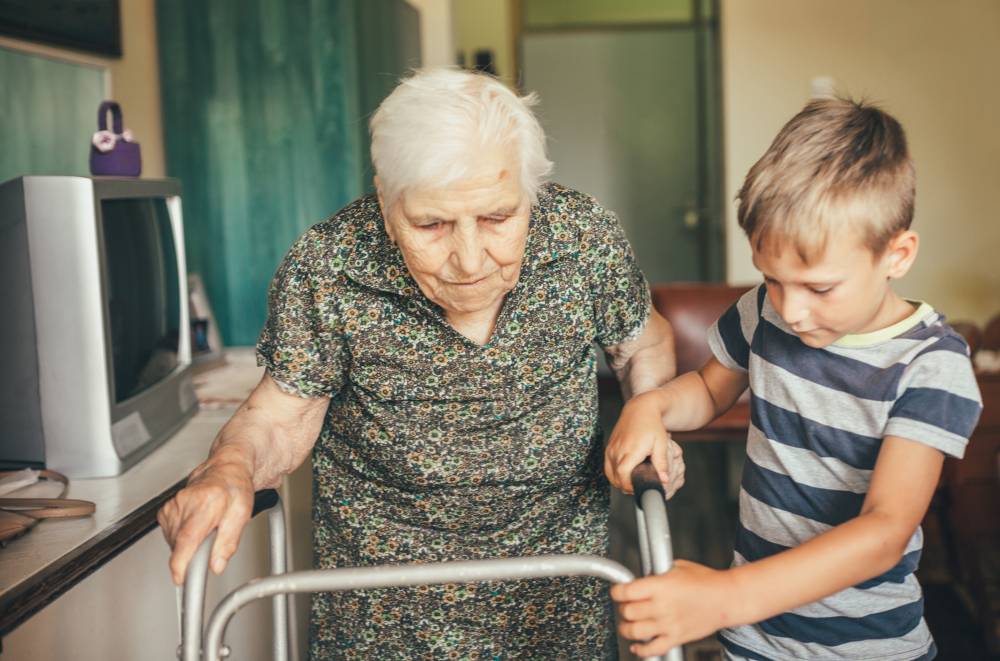
Despite more people than ever receiving home care services in Australia, the number still waiting to receive their full level of home care has risen to 121,418, an increase of more than 13,000 in only three months.
The government quietly released the home care data for the June 2018 quarter on the eve of the AFL grand final and ahead of a long weekend.
There was a significant delay in the release of data for the March 2018 quarter, which was only released in August.
The number of Australians receiving home care packages increased more than 20 per cent over the last year, with an additional 14,392 people receiving home care packages, taking the total number of home care packages to approximately 85,000.
There are also more home care service providers available for Australians to choose from. As at June 2018, there were 869 providers, up 18.2 per cent over the year.
Though the number of people receiving home care is increasing, the number waiting for their correct level of home care has ballooned to 121,418.
Nearly half of those on the waiting list are not in a lower level package, although some of this group are receiving the Commonwealth Home Support Program.
Waiting times for those being assessed as needing a high-care package are now more than 12 months.
Politics and waitlists aside, the most important aspect of this conversation to consider is how the elderly and their carers are managing if they have been assessed as high level, but they are not receiving the level of care they need? We must not forget that to be assessed as having high level care needs generally means that the person is unable to care for themselves.
As an elderly person or a tired and worn out carer, it may be difficult to contemplate having to wait 12 months for something you require today.
Julie Collins MP, Shadow Minister for Ageing and Mental Health, said Scott Morrison has “turned his back” on older Australians waiting for home care.
“The blow out in the number of older Australians waiting for care means some are waiting for more than two years for the home care package they have been approved for,” she said in a statement.
“Older Australians are entering residential aged care or even emergency departments rather than being able to stay at home and receive the home care they have been approved for, said Ms Collins.
“Scott Morrison and the Liberals must do better to ensure older Australians get the quality aged care services they need,” she said.